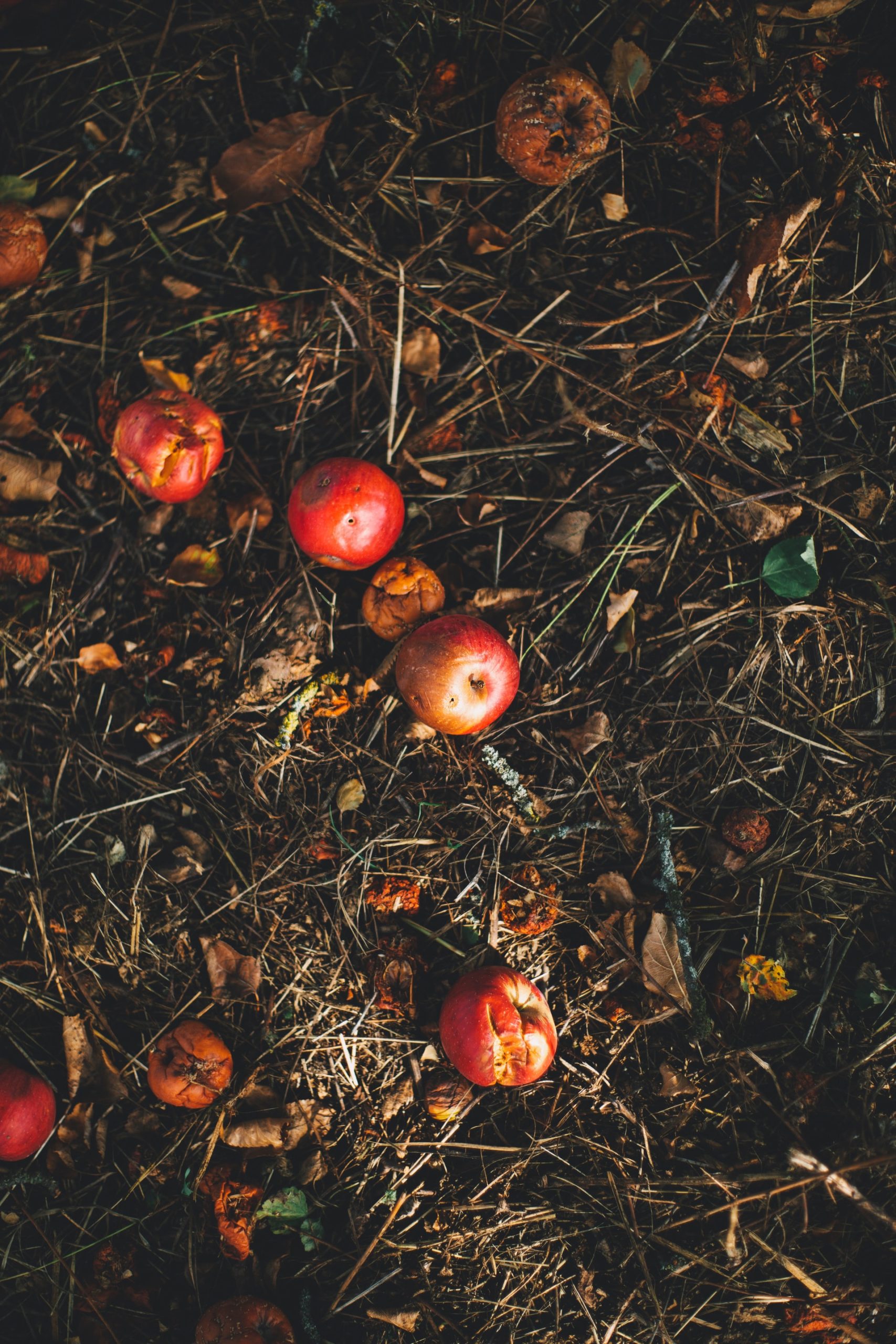by Senior Education Specialist Judy Elliott
October in Denver usually provides us with sunny days, not much in the way of precipitation, and temperatures that range from the low to mid-60s during the day, to a gradual lowering of nighttime temperatures from the 50s to high 30s. It is the time of obvious shortening of daylight hours, falling leaves, and the potential first snowfall.
Our gardens respond in kind: slowing and then ceasing growth of warm-season crops, welcoming the onset of cooler weather that allows us to replant some of our salad greens and kale. It is the season where we begin to notice the individual brilliant colors of remaining flowers and autumn leaves that stand out against the intensity of the blue sky. The ripening pumpkins and winter squash beckon us to put our gardens to bed, gather, and follow age-old cycles of renewal. It is the season of covering and connection to the cycles of the garden, and also of our lives.
Incorporate some of the lessons this month provides by:
C |Creating conditions for a thriving garden
- Remove any remaining warm season crops.
- Dispose of any diseased or insect-infested plants such as tomato vines and/or squash family members such as summer and winter squash, pumpkin vines, and cucumbers that have ‘powdery mildew’ on their leaves. Don’t put them in the compost pile!
- Weeds left standing in the garden provide an ample supply of seeds for early spring growth. Be conscientious about digging them out & disposing of them now.
O| Optimizing soil health
- After removing warm-season crops, spread ⅕” of plant-based or ‘homemade’ compost on the soil surface, digging it into the top 3” of soil.
- If you have a source of fall leaves, utilize them as free nutrients. To prevent their clumping together, run a lawnmower over 1” layers of leaves or have the family engage in ‘group bonding’ by jumping on bags of leaves. Dig 1” layers into the soil for additional organic material.
- Plant winter rye, hairy vetch, field peas or oats as ‘cover crops’. Follow package instructions for each variety, planting by mid-October. A combination of rye & vetch, or oats & peas will give back lots of top growth & deep rooting patterns to open up soil compaction.
- Lessen soil erosion by trying to mimic a tall-grass prairie, covering all bare areas with fall leaves or straw. Strong winds can quickly remove precious topsoil.
V | Visioning is important
- Learn to view your season as part of a cycle, remembering and jotting down every step to garden learning.
- Resolve to make different mistakes each year and don’t try to become a garden ‘expert’.
- Plan for internal pathways for feet to ‘dance’ and care for crops & planting areas that are not more than 3’ wide.
E | Extending the season for cool-season crops
- To provide several weeks of additional growing time for salad greens and kale, utilize a type of fabric ‘row -cover’ material, usually made of a spun polyester material. These materials are permeable to water, provide different degrees of light transmission and several degrees of frost protection.
- Keep the covering in place by either using garden ‘pegs’ or rocks.
- Water all fall crops with a solution of liquid kelp (1 – 2 tsp.of kelp concentrate/gallon of water) to provide additional micronutrients & frost protection.
R | Rejuvenating and regenerating with respect
- A garden, in all of its glory, is part of the larger cycle of growth, experiencing germination, full growth, flowering, pollination, fruiting, and dormancy.
- All of its components are essential for high-level wellness, beginning with the soil as a provider and ending with the remains of harvested crops that can be chopped & used in the compost pile.
- Rejoice in the changes of the season that allow us to deepen our connections to the wisdom of slowing down and noticing, appreciating the power in reflection, sharing, and being a part of regeneration.
Quick Garden Tip: Green your windowsill
If you are still determined to continue ‘growing’, consider planting or transplanting lettuce, basil, or chives.
Process:
- For lettuce or basil, fill 3” pots with an all-purpose ‘indoor’ potting mix that has been moistened well. Do not use garden soil.
- Plant 2 seeds of lettuce or 3 seeds of a shorter growing basil variety per pot. Use the information on the back of their seed packets to determine planting depth
- Place in an area that receives sufficient sunlight
- Check for when to water by inserting a toothpick or sharp pencil into the soil several times a week. If soil adheres to the toothpick or pencil tip, no water is needed. Soil should always feel like a ‘wrung-out’ kitchen sponge.
- Garden chives can also be dug & transplanted for indoor growth. Again, when planting indoors, utilize a commercially available potting mix.




